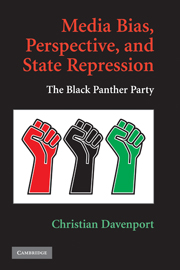Book contents
7 - CONFLICT, EVENTS, AND CATALOGS
Published online by Cambridge University Press: 05 June 2012
Summary
Once asked why he thought Rashomon had become so popular, both in Japan and abroad, (Kurosowa) answered: “Well, you see…it's about this rape.” Everyone laughed but the answer is not, perhaps, so cynical as it sounds. Rashomon is about an action as few pictures are about anything at all. We can turn the object this way and that, look at it from different angles, and it resembles a number of things but is only one thing – the object that it is. The film is about a rape (and a murder) but, more than this, it is about the reality of these events. Precisely, it is about what five people think this reality consists of. How an incident happens may reflect nothing about the incident itself but it must reflect something about the person involved in the happening and supplying the how.
Donald Richie Rashomon, Akira Kurosowa – Director (1987)What has surprised me about working on the Rashomon Effect and discussing the topic with different people around the world is how readily everyone accepts the point that sources of information vary regarding their coverage of conflict. Most people believe that different sources cover events in distinct ways and that this coverage is undertaken in a nonrandom manner. Where I encounter the greatest resistance, however, concerns the idea that the systematic investigation of source variation should be a topic of interest and that such a consideration would assist interested parties in better comprehending how observers cover/report events and with better understanding why conflict occurs.
- Type
- Chapter
- Information
- Media Bias, Perspective, and State RepressionThe Black Panther Party, pp. 179 - 192Publisher: Cambridge University PressPrint publication year: 2009



